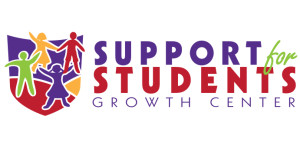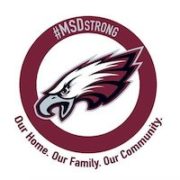How to teach your child with ADHD to actually hear what you tell them
How to teach your child with ADHD to actually hear what you tell them
Students with ADHD almost always have difficulties following directions, both in and out of the classroom. Online classes result in even greater difficulties with following directions. When a child with ADHD does not accurately hear all the directions, it is virtually impossible for them to take all the needed actions and they will omit and make mistakes more often than their peers without ADHD. Additionally, processing and language issues often impact following direction abilities.
One of the challenging obstacles for our students with ADHD is that they “assume” they heard all the directions, when they likely did not. Therefore, they make errors and get easily frustrated when they do poorly on an assignment. At home the same thing happens. Parents may be telling their child with ADHD to do something, yet the child may miss part of the directions, the child may do the parts they did hear, yet the parents get upset because what was requested was only partially completed, if at all.
Some “quick tricks” to help our child with ADHD be able to follow directions.
- When giving directions, look directly at the child and require them to be looking back at you.
- Less words are better than using more words, keep the message very simple.
- Color code or highlight key terms and directions.
- Text or record directions.
- When the child is writing down directions or an assignment, check it to make sure they correctly write the details.
- When giving directions, put them in writing, whether it be on a piece of paper, a whiteboard, a text or email or some other creative way, don’t assume they heard you, check to be sure.
- After giving directions, ask the child to restate the directions in their own words.
- Parents who raise their voice, slightly (not yelling), when critical information is being presented, are consistently heard better.
And especially while at home, to help our children with ADHD do multi-step tasks:
- Parents need to break down large jobs with multiple tasks into smaller, single steps.
- Older students do best with a checklist, create daily checklists with the older child and have them be responsible for themselves.
- Visual checklists may work well for younger children, use pictures to show the task you want them to perform and put them in the order you expect completion.
- Rewards may be helpful to help stimulate internal and external motivation, keep them minimal. Rewarding is not bribing.
- Making instructions simpler and clearer will help children with ADHD feel more responsible and become more successful at home and in school.
- If the child gets distracted from doing a task, don’t get upset, but, redirect.
Children, teens and young adults with ADHD are not usually mean or bad, they simply struggle with attention, focus and in many cases self-regulation and executive functioning. We want them to learn how to be successful adults, therefore, it is our job to teach them the skills and strategies they will need to be happy and successful adults.
Dr. Eric J. Nach, Ph.D., M.Ed., A.S.D.C., is a Developmental and Behavioral Specialist and since 2012 has been the Founder and President of the Support for Students Growth Center in Boca Raton, FL, where they provide social, academic, behavioral and emotional support services online Nationwide.





